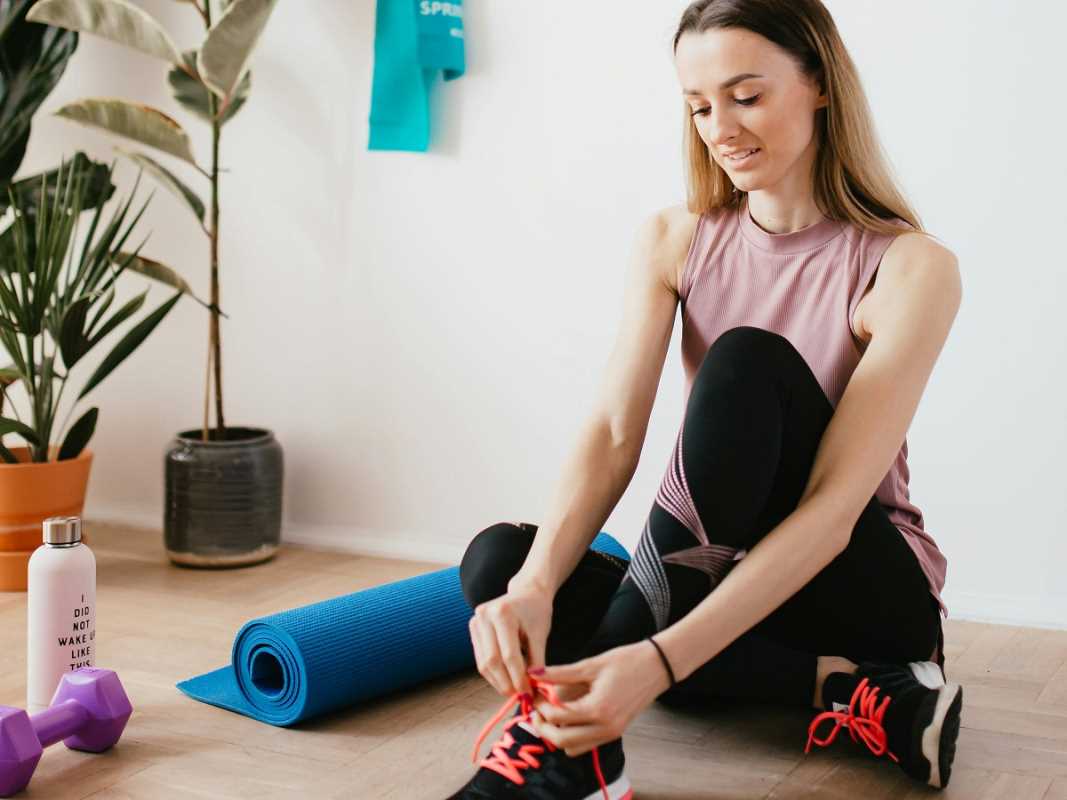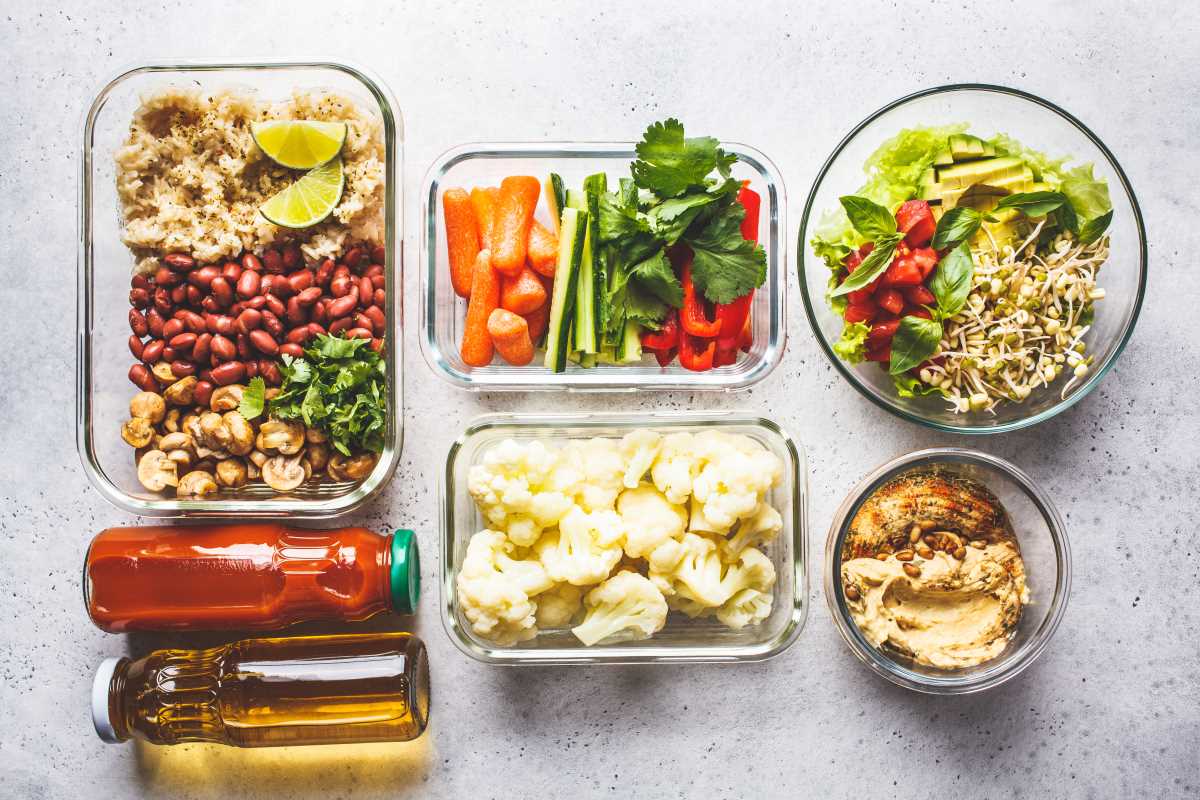Knee pain is one of the most common physical complaints, affecting people of all ages and activity levels. Whether it’s a mild ache after a long day, stiffness after sitting for too long, or sharp pain from an old injury, knee pain can disrupt your quality of life. But the good news? With the right exercises, you can reduce that discomfort, prevent further issues, and even strengthen your knees for the long haul.
This comprehensive guide will walk you through effective knee pain relief exercises, essential stretches, and tips for getting the most out of your at-home routine.
Why Knee Exercises Are Important
Your knees play a central role in mobility. They absorb impact, provide stability, and allow for a wide range of motion. However, because of this, they’re prone to wear and tear, especially if the muscles and ligaments surrounding them aren’t doing their job.
The muscles most essential for supporting the knee joint include:
- Quadriceps (front of the thigh)
- Hamstrings (back of the thigh)
- Calves
- Glutes (buttocks)
- Hip muscles
When these areas are weak or tight, they can strain your knees, leading to pain or discomfort. Strengthening and stretching these muscles doesn’t just relieve current pain; it helps prevent injuries, improves flexibility, and enhances overall stability in your knees. And the best part? Many of these exercises can be done in the comfort of your home without fancy equipment.
But before jumping in, there are a few things you should always keep in mind.
Pre-Exercise Tips for Success
Before you start exercising, preparation matters. Here’s how to set yourself up for success:
- Warm Up First: Light cardio helps get blood flowing to your muscles and prepares your body for movement. Walking, marching in place, or riding a stationary bike for 5–10 minutes are great options.
- Listen to Your Body: Pain is your body’s way of telling you something isn’t right. There’s a difference between muscle fatigue and sharp pain. If an exercise hurts, stop immediately and consult a professional if the pain persists.
- Stay Consistent but Start Slow: Don’t expect results overnight. Start with low repetitions and lighter intensity, especially if you’re new to exercising. Over time, increase reps, sets, and duration.
- Focus on Form: Poor form can lead to injury and negate the benefits of an exercise. Take your time to ensure you’re moving correctly.
- Have Support Handy: Some knee pain exercises might require stability support, such as a chair, wall, or sturdy table nearby.
Now that you’re ready to get started, here’s a detailed list of the best knee pain relief exercises and how they can help.
The Best Exercises for Knee Pain Relief
1. Straight Leg Raises
Straight leg raises target your quadriceps, which are key for stabilizing the knee joint. The bonus? They’re one of the gentlest exercises for those with sensitive knees.
How to do it:
- Lie on your back with one leg bent and the other extended straight on the ground.
- Tighten your thigh muscle of the straight leg and slowly lift it until it’s at the same height as the bent knee.
- Hold the position for 3–5 seconds, then lower it slowly to the ground.
- Repeat 10–15 times on each leg.
Pro Tip: For added challenge, try holding a lightweight ankle weight during the lift.
2. Wall Sits
Wall sits provide a low-impact but highly effective workout for your quads, hamstrings, and glutes.
How to do it:
- Stand with your back against a wall and feet shoulder-width apart.
- Slowly slide down the wall until your knees are bent at about 90 degrees (avoid letting them go past your toes).
- Hold this “invisible chair” position for 10–30 seconds.
- Slowly stand back up and repeat for 2–3 sets.
Why this helps: By strengthening these supporting muscles, you take pressure off the knee joint.
Advanced Option: Hold light weights in both hands or extend one leg straight while maintaining the position.
3. Hamstring Curls
Tight or weak hamstrings are a common culprit in knee pain. This simple exercise strengthens the back of your thighs, which are essential for knee stability.
How to do it:
- Stand upright, holding onto a wall or chair for support.
- Slowly bend one knee, bringing your heel toward your glutes.
- Lower your leg back down in a controlled motion.
- Repeat 10–12 times per leg for 2–3 sets.
Pro Tip: If you find this easy, consider adding ankle weights for more resistance.
4. Step-Ups
Step-ups mimic everyday movements like climbing stairs and are excellent for strengthening your quads, glutes, and hamstrings.
How to do it:
- Use a sturdy step, bench, or low platform.
- Step onto the platform with one foot while ensuring your knee doesn’t extend past your toes.
- Step down with the same foot and repeat 10–12 times before switching to the other leg.
Why this works: It enhances functional strength and stability, both of which are crucial for knee health.
Advanced Option: Add a pair of dumbbells or increase the height of the step for more intensity.
5. Calf Raises
Your calves play an underrated but significant role in stabilizing the knee. Strengthening them can reduce knee strain during activities like walking or running.
How to do it:
- Stand upright with your hands on a wall or chair for balance.
- Slowly rise onto your toes as high as possible.
- Pause for a second, then lower yourself back down.
- Complete 10–15 repetitions for 2–3 sets.
Variation: Try single-leg calf raises to even out strength imbalances between legs.
6. Glute Bridges
Weak glutes can throw off your body’s alignment, indirectly pressuring your knees. This exercise targets your glutes while also engaging your hamstrings and core.
How to do it:
- Lie on your back with your knees bent and feet flat on the floor.
- Squeeze your glutes and lift your hips until your body forms a straight line from knees to shoulders.
- Hold for 3–5 seconds, then lower slowly.
- Repeat 10–15 times.
Advanced Option: Perform this move with one leg raised to increase difficulty.
7. Clamshells
Clamshells focus on your hip abductors, a muscle group often ignored in general workouts. These muscles are critical for knee alignment.
How to do it:
- Lie on your side with your knees bent at a 90-degree angle, stacked one on top of the other.
- Keeping your feet together, lift your top knee as high as possible without rolling your hips backward.
- Lower your knee slowly and repeat 10–15 times on each side.
Why it works: Better hip alignment contributes directly to healthier, pain-free knees.
8. Seated Knee Extensions
This exercise isolates your quadriceps in a safe and controlled way.
How to do it:
- Sit upright on a sturdy chair with your feet flat on the ground.
- Extend one leg straight out in front of you, keeping your thigh in place.
- Slowly lower your foot back to the ground and switch legs.
- Repeat 10–15 times per side.
Variation: To make this harder, add a resistance band or ankle weight.
Essential Stretches for Knee Relief
Stretching is vital for reducing tightness, preventing stiffness, and improving your knee’s range of motion. Here are a few staples:
- Quad Stretch: Stand on one leg, grab the ankle of the other leg, and gently pull it toward your glutes. Hold for 20–30 seconds on each side.
- Hamstring Stretch: Sit on the floor with one leg extended and the other bent. Reach for your toes, keeping your back flat, and hold for 20–30 seconds.
- Calf Stretch: Place your hands on a wall, step one foot back, and press the heel into the ground. Switch legs after 15–20 seconds.
- IT Band Stretch: Cross one leg in front of the other while standing, then bend slightly and reach toward your toes for a side-body stretch.
- Figure Four Stretch: While lying on your back, cross one ankle over the opposite thigh and gently pull your legs toward your chest. Hold for 20–30 seconds per side.
When to Consult a Professional
If these exercises and stretches don’t provide noticeable relief after a few weeks of consistency, or if your pain worsens, it’s time to consult a doctor or physical therapist. Persistent knee pain may indicate underlying issues like arthritis or ligament damage that require tailored treatments.
Professional physical therapy can provide personalized exercises and evaluations, addressing your specific needs for faster and safer recovery.
Final Tips for Long-Term Knee Health
- Stay Active: Movement is medicine for your knees. Incorporate these exercises into your week 2–3 times for optimal results.
- Maintain a Healthy Weight: Extra weight can place added pressure on your knees, contributing to both pain and injury.
- Wear Proper Footwear: Supportive shoes with good cushioning reduce impact and strain on your knees.
- Avoid Prolonged Sitting: Keep your knees mobile by taking regular breaks to stand, stretch, or walk.
By following these strategies and staying consistent with your exercises, you’ll set yourself up for healthier, stronger, and happier knees for years to come.
 (Image via
(Image via





